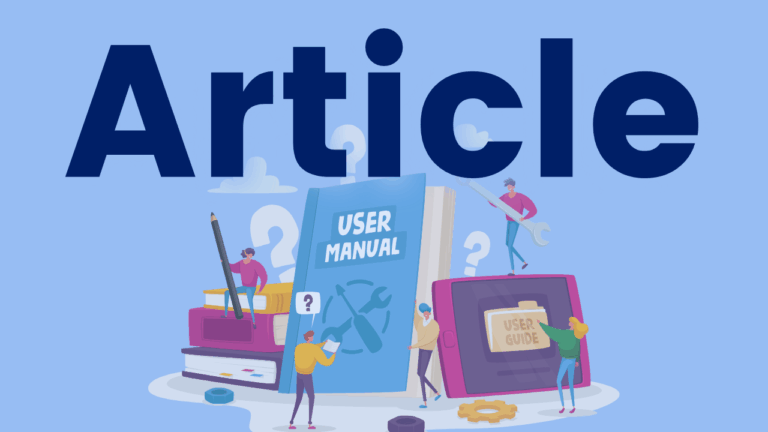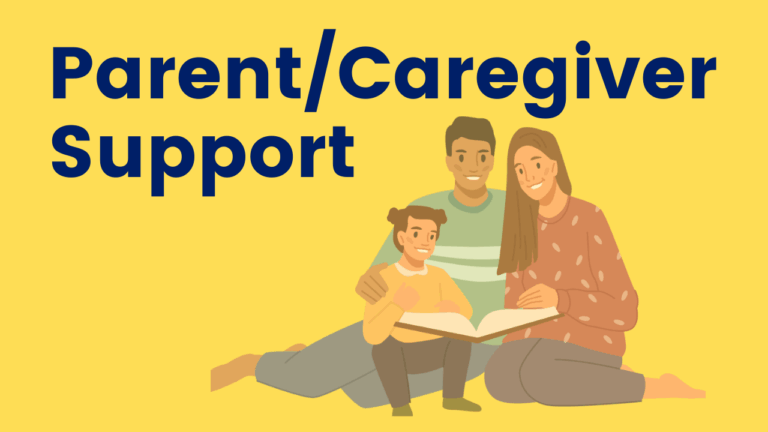Guide for Selecting Anti-Bias Children’s Books
Children’s books reflect the attitudes in our society about diversity, power relationships among different groups of people, and various social identities (e.g., racial, ethnic, gender, economic class, sexual orientation, and disability). The visual and verbal messages young children absorb from books (and other media) heavily influence their ideas about themselves and others. Depending on the…






